1.Identification
1.1 GHS Product identifier
| Product name | 1-naphthylamine |
|---|
1.2 Other means of identification
| Product number | - |
|---|---|
| Other names | 1-Naftylamine |
1.3 Recommended use of the chemical and restrictions on use
| Identified uses | For industry use only. |
|---|---|
| Uses advised against | no data available |
1.4 Supplier's details
| Company | MOLBASE (Shanghai) Biotechnology Co., Ltd. |
|---|---|
| Address | Floor 4 & 5, Building 12, No. 1001 North Qinzhou Road, Xuhui District, Shanghai, China |
| Telephone | +86(21)64956998 |
| Fax | +86(21)54365166 |
1.5 Emergency phone number
| Emergency phone number | +86-400-6021-666 |
|---|---|
| Service hours | Monday to Friday, 9am-5pm (Standard time zone: UTC/GMT +8 hours). |
2.Hazard identification
2.1 Classification of the substance or mixture
Acute toxicity - Oral, Category 4
Hazardous to the aquatic environment, long-term (Chronic) - Category Chronic 2
2.2 GHS label elements, including precautionary statements
| Pictogram(s) | 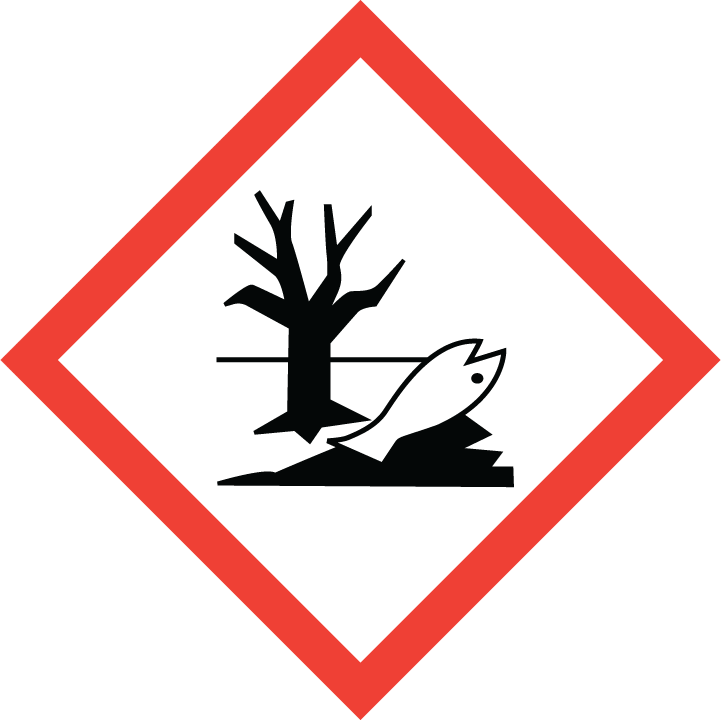 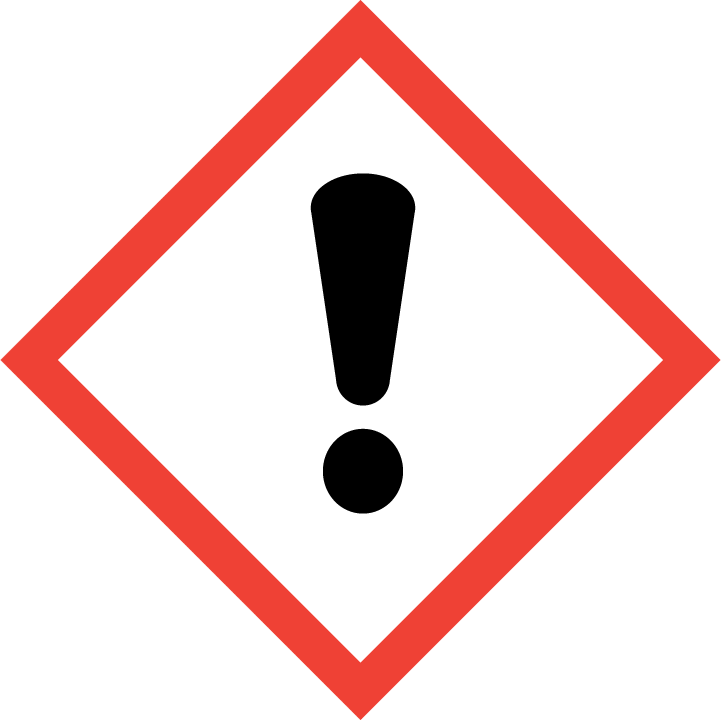 |
|---|---|
| Signal word | Warning |
| Hazard statement(s) | H302 Harmful if swallowed H411 Toxic to aquatic life with long lasting effects |
| Precautionary statement(s) | |
| Prevention | P264 Wash ... thoroughly after handling. P270 Do not eat, drink or smoke when using this product. P273 Avoid release to the environment. |
| Response | P301+P312 IF SWALLOWED: Call a POISON CENTER/doctor/…if you feel unwell. P330 Rinse mouth. P391 Collect spillage. |
| Storage | none |
| Disposal | P501 Dispose of contents/container to ... |
2.3 Other hazards which do not result in classification
none
3.Composition/information on ingredients
3.1 Substances
| Chemical name | Common names and synonyms | CAS number | EC number | Concentration |
|---|---|---|---|---|
| 1-naphthylamine | 1-naphthylamine | 134-32-7 | none | 100% |
4.First-aid measures
4.1 Description of necessary first-aid measures
General advice
Consult a physician. Show this safety data sheet to the doctor in attendance.
If inhaled
Fresh air, rest. Refer for medical attention.
In case of skin contact
Remove contaminated clothes. Rinse and then wash skin with water and soap.
In case of eye contact
First rinse with plenty of water for several minutes (remove contact lenses if easily possible), then refer for medical attention.
If swallowed
Rinse mouth. Refer for medical attention .
4.2 Most important symptoms/effects, acute and delayed
Inhalation may cause cyanosis (blue color in lips and under finger nails). Contact with liquid causes local irritation of eyes. Neither ingestion nor contact with skin produces any recognized immediate effects. (USCG, 1999)
4.3 Indication of immediate medical attention and special treatment needed, if necessary
Basic treatment: Establish a patent airway. Suction if necessary. Watch for signs of respiratory insufficiency and assist ventilation if necessary. Administer oxygen by nonrebreather mask at 10 to 15 L/min. Monitor for pulmonary edema and treat if necessary ... . Monitor for shock and treat if necessary ... . Anticipate seizures and treat if necessary ... . For eye contamination, flush eyes immediately with water. Irrigate each eye continuously with normal saline during transport ... . Do not use emetics. For ingestion, rinse mouth and administer 5 mg/kg up to 200 mL of water for dilution if the patent can swallow, has a strong gag reflex, and does not drool. Administer activated charcoal ... . Cover skin burns with dry sterile dressings after decontamination ... . /Organic bases/Amines and related compounds/
5.Fire-fighting measures
5.1 Extinguishing media
Suitable extinguishing media
Powder, alcohol-resistant foam, water spray, carbon dioxide.
5.2 Specific hazards arising from the chemical
Special Hazards of Combustion Products: Toxic nitrogen oxides are produced in a fire. (USCG, 1999)
5.3 Special protective actions for fire-fighters
Wear self-contained breathing apparatus for firefighting if necessary.
6.Accidental release measures
6.1 Personal precautions, protective equipment and emergency procedures
Use personal protective equipment. Avoid dust formation. Avoid breathing vapours, mist or gas. Ensure adequate ventilation. Evacuate personnel to safe areas. Avoid breathing dust. For personal protection see section 8.
6.2 Environmental precautions
Personal protection: particulate filter respirator adapted to the airborne concentration of the substance. Do NOT wash away into sewer. Do NOT let this chemical enter the environment. Sweep spilled substance into covered containers. Carefully collect remainder. Then store and dispose of according to local regulations.
6.3 Methods and materials for containment and cleaning up
Environmental considerations: Water spill: Use natural barriers or oil spill control booms to limit spill travel. Use natural deep water pockets, excavated lagoons, or sand bag barriers to trap material at bottom. Remove trapped material with suction hoses.
7.Handling and storage
7.1 Precautions for safe handling
Avoid contact with skin and eyes. Avoid formation of dust and aerosols. Avoid exposure - obtain special instructions before use.Provide appropriate exhaust ventilation at places where dust is formed. For precautions see section 2.2.
7.2 Conditions for safe storage, including any incompatibilities
Dry. Keep in the dark. Well closed.Keep well closed and protected from light.
8.Exposure controls/personal protection
8.1 Control parameters
Occupational Exposure limit values
NIOSH (NOES Survey 1981-1983) has statistically estimated that 2,132 workers (1,796 of these are female) are potentially exposed to 1-naphthylamine in the US(1). The NOES Survey does not include farm workers. Occupational exposure to 1-naphthylamine may occur through inhalation and dermal contact with this compound at workplaces where 1-naphthylamine is produced or used. Monitoring data indicate that the general population may be exposed to 1-naphthylamine via contact with contaminated surface or groundwaters or by inhalation of cigarette smoke(SRC).
Biological limit values
no data available
8.2 Appropriate engineering controls
Handle in accordance with good industrial hygiene and safety practice. Wash hands before breaks and at the end of workday.
8.3 Individual protection measures, such as personal protective equipment (PPE)
Eye/face protection
Safety glasses with side-shields conforming to EN166. Use equipment for eye protection tested and approved under appropriate government standards such as NIOSH (US) or EN 166(EU).
Skin protection
Wear impervious clothing. The type of protective equipment must be selected according to the concentration and amount of the dangerous substance at the specific workplace. Handle with gloves. Gloves must be inspected prior to use. Use proper glove removal technique(without touching glove's outer surface) to avoid skin contact with this product. Dispose of contaminated gloves after use in accordance with applicable laws and good laboratory practices. Wash and dry hands. The selected protective gloves have to satisfy the specifications of EU Directive 89/686/EEC and the standard EN 374 derived from it.
Respiratory protection
Wear dust mask when handling large quantities.
Thermal hazards
no data available
9.Physical and chemical properties
| Physical state | A crystalline solid or a solid dissolved in a liquid. |
|---|---|
| Colour | Needles from ethanol (aq) or ether |
| Odour | Ammonia-like odor. |
| Melting point/ freezing point | 47-50oC |
| Boiling point or initial boiling point and boiling range | 301oC |
| Flammability | Combustible SolidCombustible. Gives off irritating or toxic fumes (or gases) in a fire. |
| Lower and upper explosion limit / flammability limit | no data available |
| Flash point | 157.2oC |
| Auto-ignition temperature | 485°C |
| Decomposition temperature | no data available |
| pH | Weak base |
| Kinematic viscosity | no data available |
| Solubility | In water:Insoluble. 0.1698 g/100 mL |
| Partition coefficient n-octanol/water (log value) | log Kow = 2.25 |
| Vapour pressure | 0.00108mmHg at 25°C |
| Density and/or relative density | 1.114 |
| Relative vapour density | 4.93 (Relative to Air) |
| Particle characteristics | no data available |
10.Stability and reactivity
10.1 Reactivity
no data available
10.2 Chemical stability
Oxidizes in air
10.3 Possibility of hazardous reactions
ALPHA-NAPHTHYLAMINE is incompatible with oxidizing agents. It is also incompatible with nitrous acid. It reduces warm ammoniacal silver nitrate. .
10.4 Conditions to avoid
no data available
10.5 Incompatible materials
Oxidizes in air.
10.6 Hazardous decomposition products
The substance decomposes on burning producing nitrogen oxides and carbon monoxide.
11.Toxicological information
Acute toxicity
- Oral: LD50 Rat oral 680 mg/kg bw
- Inhalation: LC50 Rat inhalation >0.056 mg/L/4 hr
- Dermal: no data available
Skin corrosion/irritation
no data available
Serious eye damage/irritation
no data available
Respiratory or skin sensitization
no data available
Germ cell mutagenicity
no data available
Carcinogenicity
Inadequate evidence of carcinogenicity in humans. Inadequate evidence of carcinogenicity in animals. OVERALL EVALUATION: Group 3: The agent is not classifiable as to its carcinogenicity to humans.
Reproductive toxicity
no data available
STOT-single exposure
no data available
STOT-repeated exposure
no data available
Aspiration hazard
no data available
12.Ecological information
12.1 Toxicity
- Toxicity to fish: no data available
- Toxicity to daphnia and other aquatic invertebrates: no data available
- Toxicity to algae: no data available
- Toxicity to microorganisms: no data available
12.2 Persistence and degradability
AEROBIC: Using activated sludge from both domestic and industrial sources and the Warburg technique, 1-naphthylamine depletion after 6 hrs at 25°C was measured to be 80-84% from an initial concn of 20 ppm(1). 1-Naphthylamine, at a concn of 500 ppm, was extensively oxidized by an aniline-acclimated activated sludge after 19 hrs in a Warburg respirometer(2). Over a 20-day period, no biodegradation of 200 ppm 1-naphthylamine as a sole carbon source was observed in a batch system containing an adapted activated sludge(3). 1-Naphthylamine at 500 ppm was found to inhibit oxygen uptake in a Warburg respirometer containing a municipal activated sludge(4). At 1000 ppm, 1-naphthylamine was toxic to an activated sludge(5). 1-Naphthylamine degradation in six different soils after 308 days of incubation at 23°C varied from 16.6-30.7% as measured by radio-labelled carbon dioxide evolution(6). Comparison of carbon dioxide evolution in sterilized (via gamma radiation) versus unsterilized soil suggested that the degradation was predominantly microbial in nature(6). Approximately 16, 28 and 33% of added 1-naphthylamine degraded in Russell soil at temperatures of 12, 23 and 30°C, respectively, indicating the effect of temperature on microbial degradation(6).
12.3 Bioaccumulative potential
An estimated BCF of 11 was calculated for 1-naphthylamine(SRC), using a log Kow of 2.25(1) and a regression-derived equation(2). According to a classification scheme(3), this BCF suggests the potential for bioconcentration in aquatic organisms is low(SRC), provided the compound is not altered physically or chemically once released into the environment.
12.4 Mobility in soil
Using a batch equilibrium technique, 1-naphthylamine Koc values of 2,688 and 3,173 were determined for two sandy-silt soils and a Koc value of 3,777 was determined for a silty-clay soil(1). According to a classification scheme(2), this estimated Koc value suggests that 1-naphthylamine is expected to have low mobility in soil. Results of a batch equilibrium study with various soils indicated that 1-naphthylamine binds to soil in two phases with an initial rapid and reversible equilibrium established between the amine and the inorganic and organic components of soil followed subsequently by a strong association with the humic fraction of soil via covalent binding(3,4). In laboratory study, 1-naphthyalmine was found to have a relatively moderate tendency to adsorb to lignite coal in subsurface areas where it may be present as a contaminant from coal-gasification plants(5).
12.5 Other adverse effects
no data available
13.Disposal considerations
13.1 Disposal methods
Product
The material can be disposed of by removal to a licensed chemical destruction plant or by controlled incineration with flue gas scrubbing. Do not contaminate water, foodstuffs, feed or seed by storage or disposal. Do not discharge to sewer systems.
Contaminated packaging
Containers can be triply rinsed (or equivalent) and offered for recycling or reconditioning. Alternatively, the packaging can be punctured to make it unusable for other purposes and then be disposed of in a sanitary landfill. Controlled incineration with flue gas scrubbing is possible for combustible packaging materials.
14.Transport information
14.1 UN Number
| ADR/RID: UN2077 | IMDG: UN2077 | IATA: UN2077 |
14.2 UN Proper Shipping Name
| ADR/RID: alpha-NAPHTHYLAMINE |
| IMDG: alpha-NAPHTHYLAMINE |
| IATA: alpha-NAPHTHYLAMINE |
14.3 Transport hazard class(es)
| ADR/RID: 8 | IMDG: 8 | IATA: 8 |
14.4 Packing group, if applicable
| ADR/RID: III | IMDG: III | IATA: III |
14.5 Environmental hazards
| ADR/RID: yes | IMDG: yes | IATA: yes |
14.6 Special precautions for user
no data available
14.7 Transport in bulk according to Annex II of MARPOL 73/78 and the IBC Code
no data available
15.Regulatory information
15.1 Safety, health and environmental regulations specific for the product in question
| Chemical name | Common names and synonyms | CAS number | EC number |
|---|---|---|---|
| 1-naphthylamine | 1-naphthylamine | 134-32-7 | none |
| European Inventory of Existing Commercial Chemical Substances (EINECS) | Listed. | ||
| EC Inventory | Listed. | ||
| United States Toxic Substances Control Act (TSCA) Inventory | Listed. | ||
| China Catalog of Hazardous chemicals 2015 | Listed. | ||
| New Zealand Inventory of Chemicals (NZIoC) | Listed. | ||
| Philippines Inventory of Chemicals and Chemical Substances (PICCS) | Listed. | ||
| Vietnam National Chemical Inventory | Listed. | ||
| Chinese Chemical Inventory of Existing Chemical Substances (China IECSC) | Listed. | ||
16.Other information
Information on revision
| Creation Date | Aug 16, 2017 |
|---|---|
| Revision Date | Aug 16, 2017 |
Abbreviations and acronyms
- CAS: Chemical Abstracts Service
- ADR: European Agreement concerning the International Carriage of Dangerous Goods by Road
- RID: Regulation concerning the International Carriage of Dangerous Goods by Rail
- IMDG: International Maritime Dangerous Goods
- IATA: International Air Transportation Association
- TWA: Time Weighted Average
- STEL: Short term exposure limit
- LC50: Lethal Concentration 50%
- LD50: Lethal Dose 50%
- EC50: Effective Concentration 50%
References
- IPCS - The International Chemical Safety Cards (ICSC), website: http://www.ilo.org/dyn/icsc/showcard.home
- HSDB - Hazardous Substances Data Bank, website: https://toxnet.nlm.nih.gov/newtoxnet/hsdb.htm
- IARC - International Agency for Research on Cancer, website: http://www.iarc.fr/
- eChemPortal - The Global Portal to Information on Chemical Substances by OECD, website: http://www.echemportal.org/echemportal/index?pageID=0&request_locale=en
- CAMEO Chemicals, website: http://cameochemicals.noaa.gov/search/simple
- ChemIDplus, website: http://chem.sis.nlm.nih.gov/chemidplus/chemidlite.jsp
- ERG - Emergency Response Guidebook by U.S. Department of Transportation, website: http://www.phmsa.dot.gov/hazmat/library/erg
- Germany GESTIS-database on hazard substance, website: http://www.dguv.de/ifa/gestis/gestis-stoffdatenbank/index-2.jsp
- ECHA - European Chemicals Agency, website: https://echa.europa.eu/
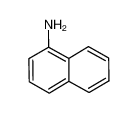





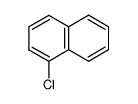

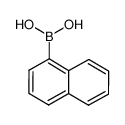
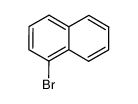
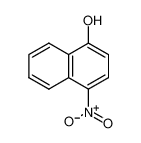







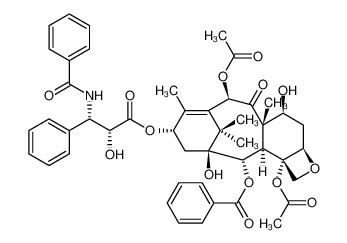

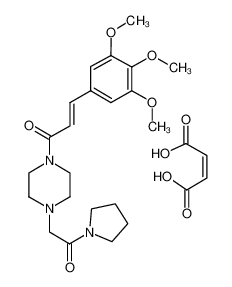
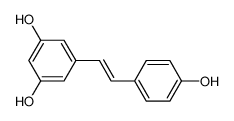

-
-
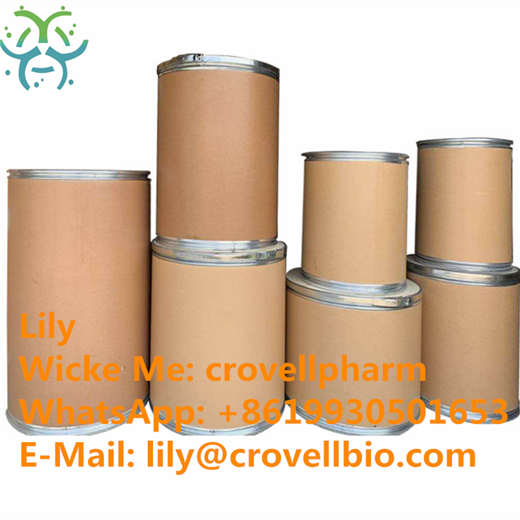
-
-
-

-
-
-

-
-
-

-
-
-

-
-
-

-
-
-

-
-
-

-
-
-

-
-
-
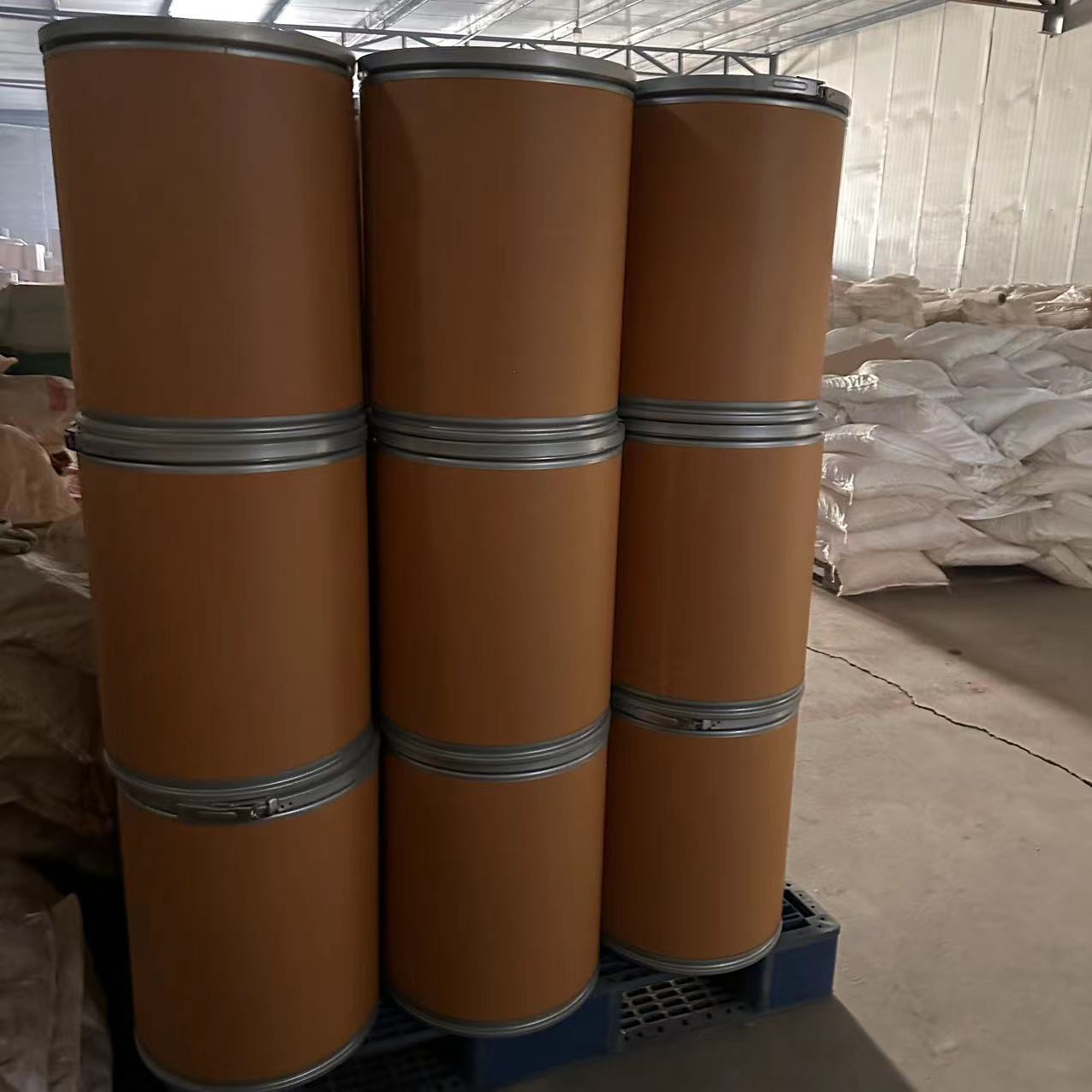
-
More Suppliers>>CHINA
Purity: 99.99%
Lead Time: 1 Day(s)
Price: Min $66 /kg
Wenzhou Win-Win Chemical Co., Ltd.
CHINA
Purity: 98%
Lead Time: 7 Day(s)
Price: -
Hangzhou J&H Chemical Co., Ltd.
CHINA
Purity: 98%
Lead Time: 7 Day(s)
Price: -
JAPAN
Purity: 99%
Lead Time: Day(s)
Price: -
Henan Coreychem Co.,Ltd
CHINA
Purity: 98%
Lead Time: 3 Day(s)
Price: -
Hangzhou DayangChem Co., Ltd
CHINA
Purity: 98%
Lead Time: 7 Day(s)
Price: -
Skyrun Industrial Co., Limited
CHINA
Purity: 99%
Lead Time: 7 Day(s)
Price: -
Hangzhou Bingochem Co., Ltd.
CHINA
Purity: 98%
Lead Time: 7 Day(s)
Price: -
Jiejie group co., LTD.
CHINA
Purity: 97%
Lead Time: Day(s)
Price: -
CHINA
Purity: 99%
Lead Time: 3 Day(s)
Price: Min $10 /kg